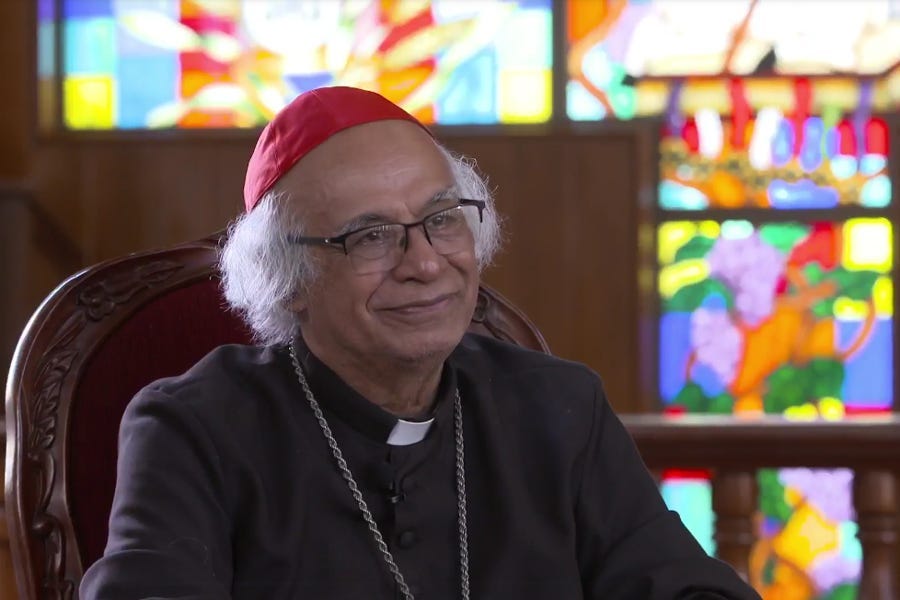The complicated future of Nicaraguan bishop appointments
Several dioceses in Nicaragua face an irregular episcopal situation.
On March 7, Cardinal Leopoldo Brenes, archbishop of Managua, turned 75 - the age at which bishops are required to present their resignation to the pope.
The cardinal's birthday escalates an already uncomfortable episcopal situation in Nicaragua.

